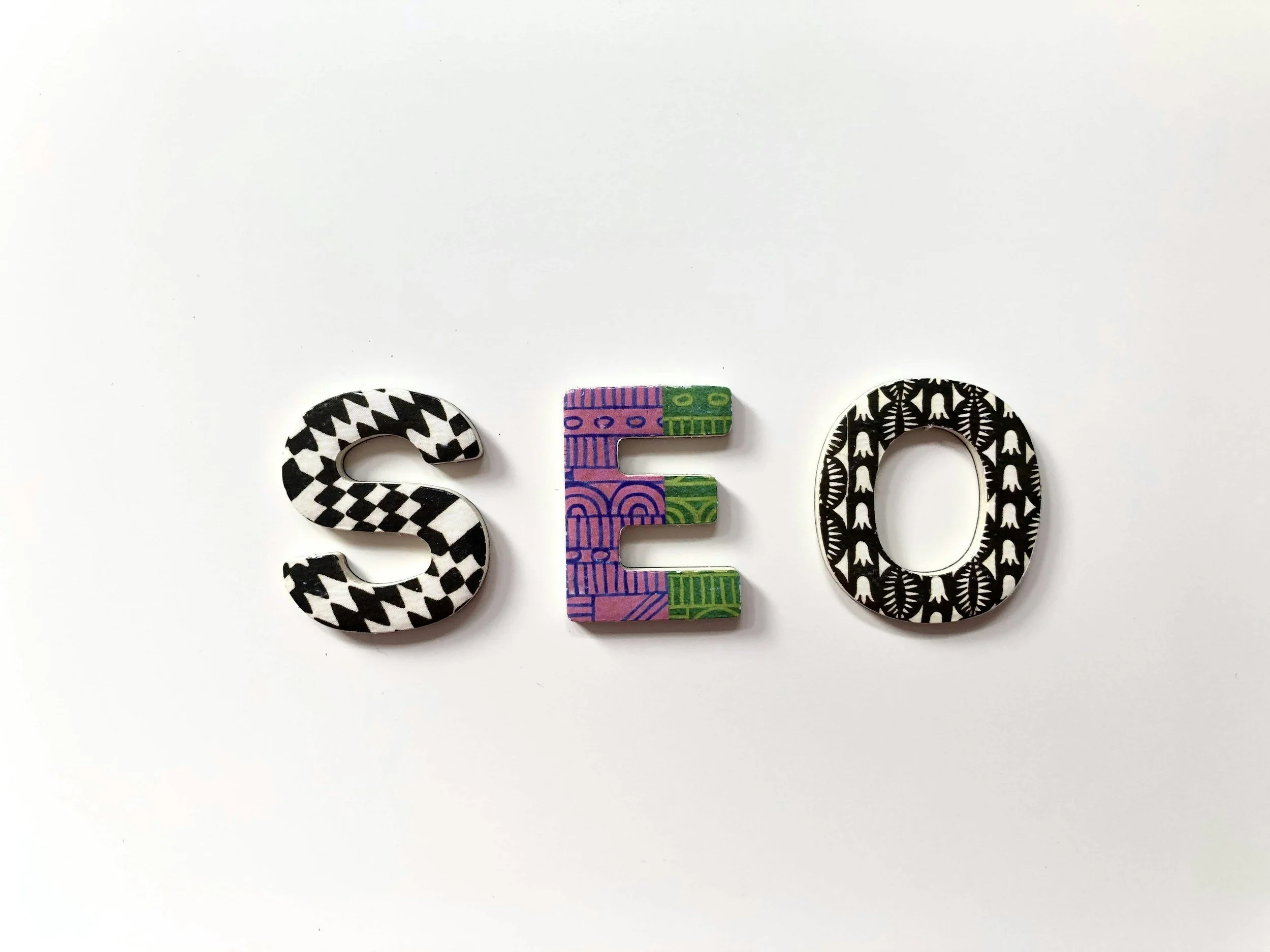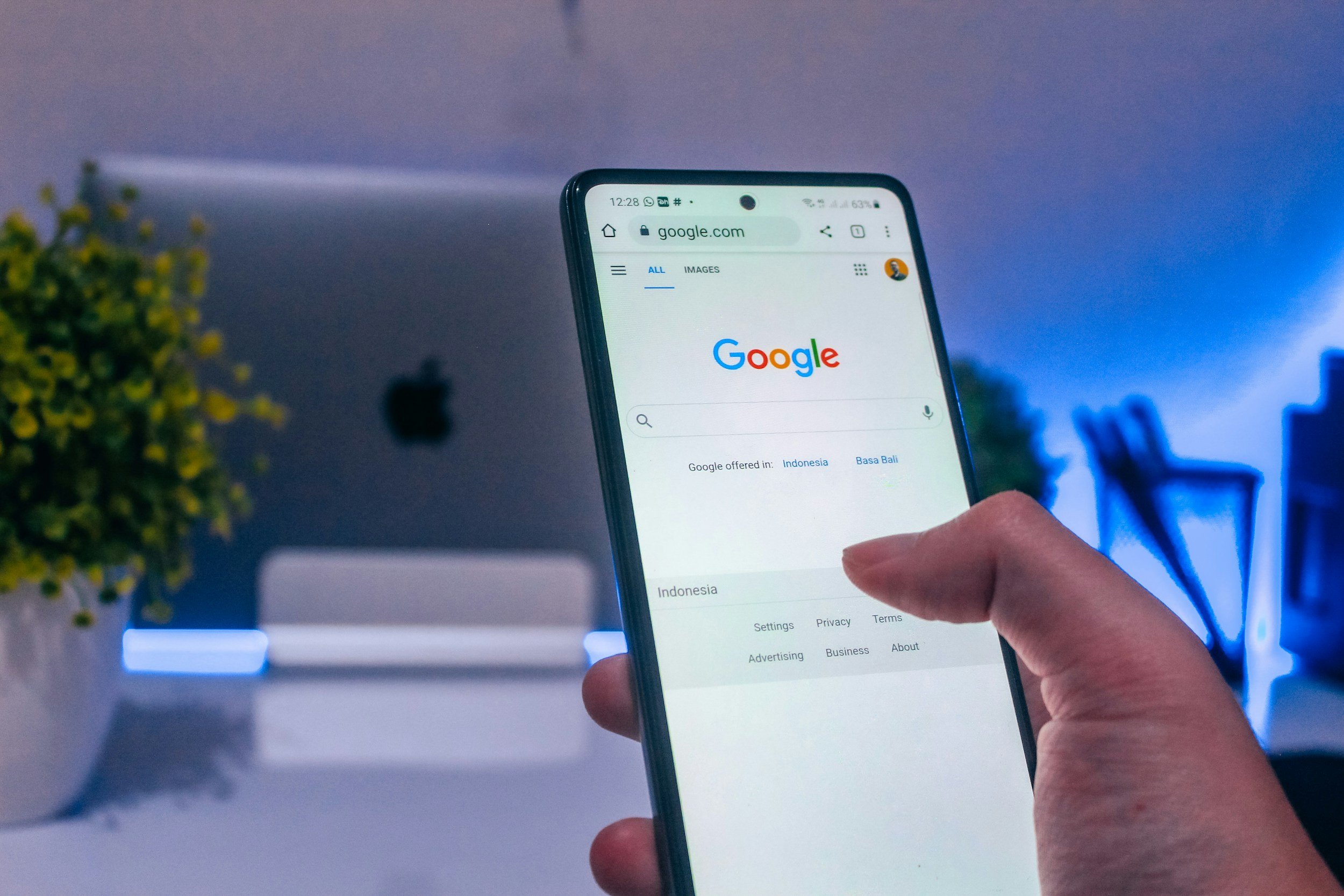Ecommerce SEO Best Practices in 2025: A Practical Guide for Turnkey Platforms That Anyone Can Follow.
Key Takeaways
Optimise product titles, descriptions and menu categories to match search intent; use hierarchical headings, descriptive alt text, compressed images, clean URLs and persuasive meta tags.
Ensure your site is mobile‑friendly and fast with a logical structure, schema markup and breadcrumbs; clean URLs and strong internal linking help both users and search engines.
Create high‑quality, intent‑driven content using long‑tail keywords; monitor performance with analytics, fix broken links and conduct regular audits to maintain rankings.
In 2025, e-commerce SEO is less about advanced technical expertise and more about mastering the fundamentals. With turnkey platforms like Shopify leading the charge, SEO optimization has become more accessible than ever, allowing even non-technical users to make significant strides in search visibility. Search is changing to AI assistants, and we don’t really know where it is headed. However, website optimization will still be here for decades to come. As "free" visibility becomes an added challenge and the search industry fragments across platforms, maintaining strong SEO practices is more important than ever. By following a few guiding principles and maintaining excellent site hygiene, any e-commerce brand can improve its search rankings and attract more traffic. Here’s how:
eCommerce SEO Best Practices.
1. Optimize Product Titles and Descriptions
Be Specific: Use keywords that accurately describe the product. For example, "Men’s Black Leather Jacket with Zipper" is better than "Leather Jacket."
Highlight Unique Features: Include details about materials, use cases, or style to appeal to specific search queries.
Avoid Keyword Stuffing: Write naturally while incorporating primary and secondary keywords.
2. Menu Wording Should Reflect Search Intent
Target Popular Queries: Structure your menu to match the language customers use in searches. Instead of "Apparel," use "Men’s Clothing" or "Women’s Dresses."
Keep It Simple: Limit menu categories to a logical structure that helps both users and search engines understand your site’s layout.
3. Structure Your Headings Hierarchically
Follow H1 to H6 Order: Ensure every page has a single H1 (the main title) followed by H2s, H3s, and so on in a clear hierarchy.
Include Keywords: Use relevant keywords in your headings, but ensure they read well for humans.
4. Optimize Images
Use Descriptive Alt Text: Describe the image in a way that includes keywords naturally, e.g., "Red silk scarf with floral design."
Compress Images: Ensure images are optimized for fast loading without losing quality.
Name Files Properly: Replace generic names like "IMG1234.jpg" with "blue-running-shoes.jpg."
5. Meta Tags Matter
Craft Engaging Meta Titles: Include primary keywords and make them compelling to drive clicks.
Write Unique Meta Descriptions: Summarize the page’s content with a call-to-action. For example, "Shop our latest collection of handmade ceramic mugs. Free shipping on orders over $50!"
6. Create Clean URLs
Be Descriptive: Use short, keyword-rich URLs like
/red-leather-walletinstead of/product12345.Avoid Special Characters: Stick to hyphens to separate words.
7. Ensure Mobile-Friendliness
Use Responsive Design: Make sure your website adjusts seamlessly to different screen sizes.
Test User Experience: Regularly check that buttons, menus, and forms work well on mobile devices.
8. Focus on Site Speed
Use Lightweight Themes: Turnkey platforms often offer themes optimized for speed—choose one that fits your brand.
Minimize Plugins: Only install essential apps to avoid bloating your site.
9. Implement Structured Data
Use Schema Markup: Add structured data for products, reviews, and pricing to improve how your listings appear in search results.
Leverage Tools: Shopify and other platforms often have built-in or add-on apps to help with structured data.
10. Create High-Quality Content
Start a Blog: Share buying guides, product comparisons, and how-to articles relevant to your audience.
Target Long-Tail Keywords: Answer specific questions your customers might search for, like "What’s the best material for winter coats?"
11. Maintain a Logical Site Structure
Use Breadcrumbs: Help users and search engines navigate your site more easily.
Group Related Products: Create categories and subcategories that make sense for both browsing and indexing.
12. Monitor and Improve
Use Analytics Tools: Track your performance using Google Search Console and Shopify’s built-in SEO tools.
Fix Broken Links: Regularly audit your site for 404 errors and redirect or update links as necessary.
13. Write Meaningful Blog Content
Focus on Intent-Based Topics: If you’re a clothing brand, write content like "Best Outfits for Parties" or "How to Layer Clothes for Winter."
Optimize Blog URLs: Use descriptive and keyword-rich URLs like
/best-party-outfits.Provide Value: Address customer needs or questions to establish trust and make your brand discoverable with relevant intent.
Do You Still Need to Optimize Your Store?
If you’re unsure about your store’s SEO performance, get in touch with One Day for an audit. We’ll help you identify opportunities to improve your rankings and drive more traffic. Finally, you can learn more about our eCommerce SEO service here.












